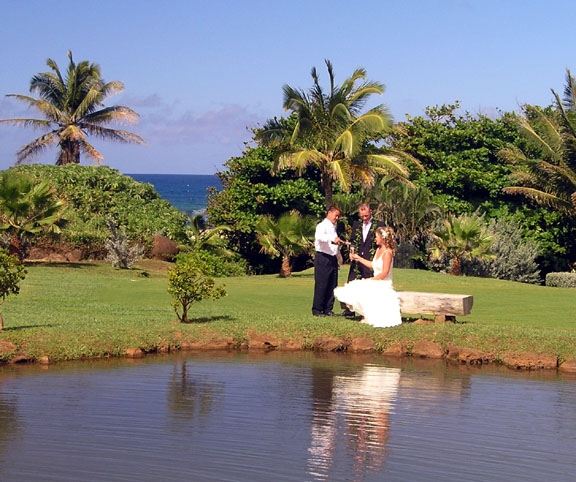
22 Apr How to Create an Event Plan
Good PR often involves calling out your publics to events, whether fun or serious. The best events begin with a solid plan. The following is an outline for a plan that will help you have a high impact event with minimal hassles. First, click here for an event plan template so you can follow along.
Begin with the basics including deciding on the date, time and place of the event, as well as the event’s purpose and theme. Remember too that events are better when there’s an element of surprise because experiencing the unexpected makes things fun and memorable. Next, decide whom you want to invite. Consider both your internal and external allies.
At this point, you can get into the nitty gritty of the event logistics including the physical layout of and needs for the event (tents, restrooms, parking, trash, etc.), catering, printed and promotional pieces (invitations, tickets, programs, website, etc.), decorations, giveaways (including goody bags and lei), entertainment, and activities. Be sure to note who is responsible for these items and the costs associated with them.
Now you can create your event timeline, which should start with the time that set-up begins and end with the time that clean-up ends. Visualize the event from the eyes of an attendee to help you put activities in the proper order and make the affair flow smoothly.
As part of the event plan, make a list of the equipment and supplies you’ll need on-hand that day (tape, scissors, rope, coolers, etc.) and prepare a list of key contacts with every conceivable detail (home phone number, mother-in-law’s cell number, etc.) for contingency purposes. For example, if the cake doesn’t show up on time, you’ll need to know who to call.
Remember that the plan is a working document so you should be updating it constantly as vendors are secured and plans are confirmed. Also, the event plan is only worth the paper it’s printed on if you keep it to yourself. Every time you revise the plan, share it with all of your key parties (no pun intended) involved in the event and you will find it to be an invaluable document.
Once the event is completed, your work isn’t done. Afterwards, be sure to do any necessary post-event follow-up, especially sending out mahalo (thank you) notes to all the vendors, media, volunteers, employees and others who helped make it a success. Cheers, banzai, mabuhay, salud and aloha!

Sorry, the comment form is closed at this time.